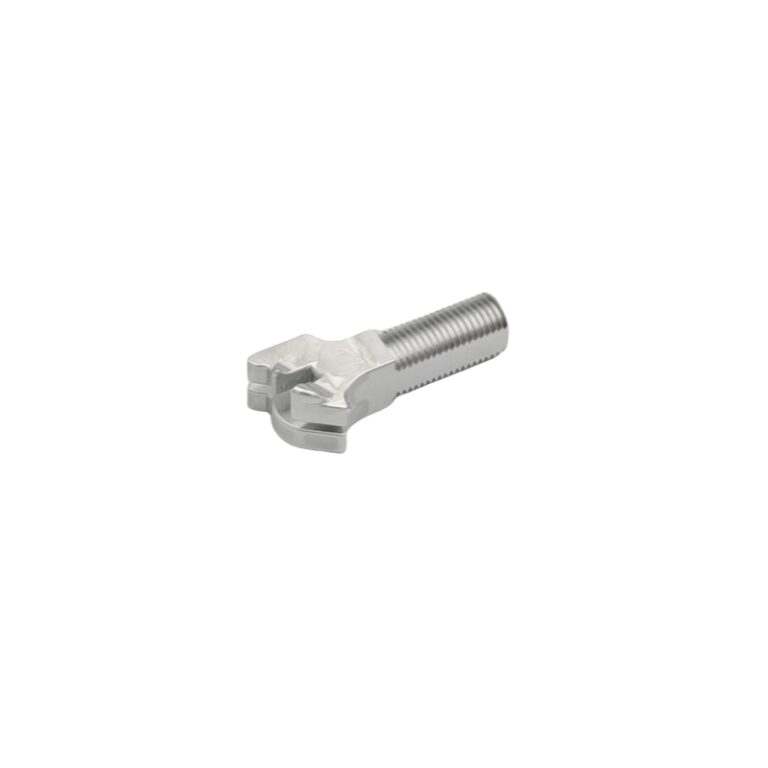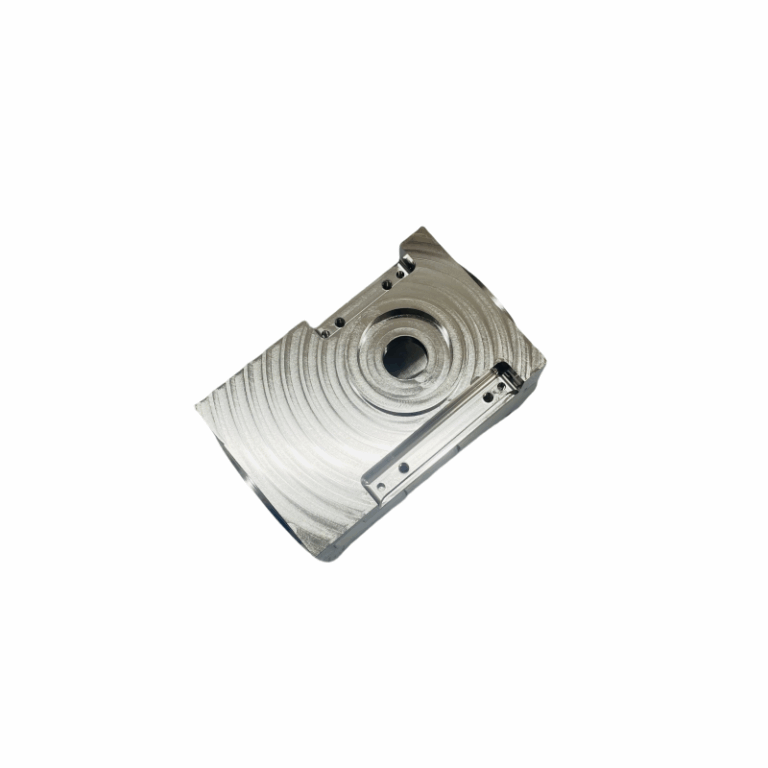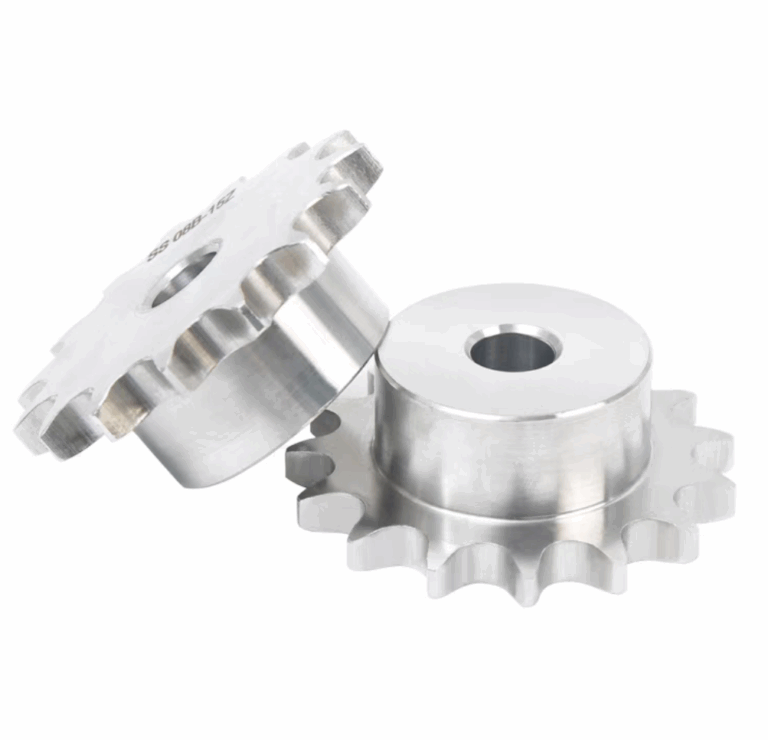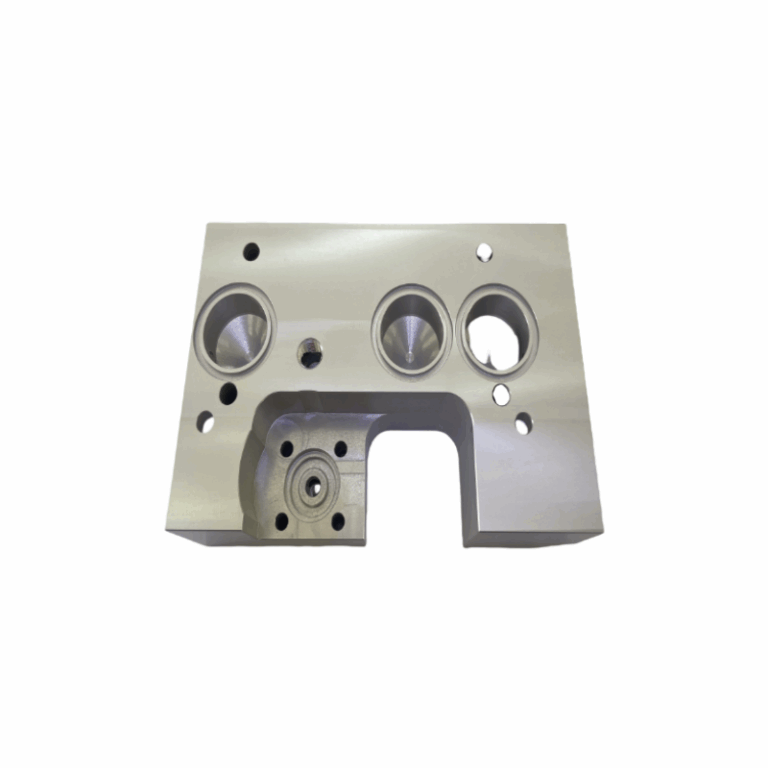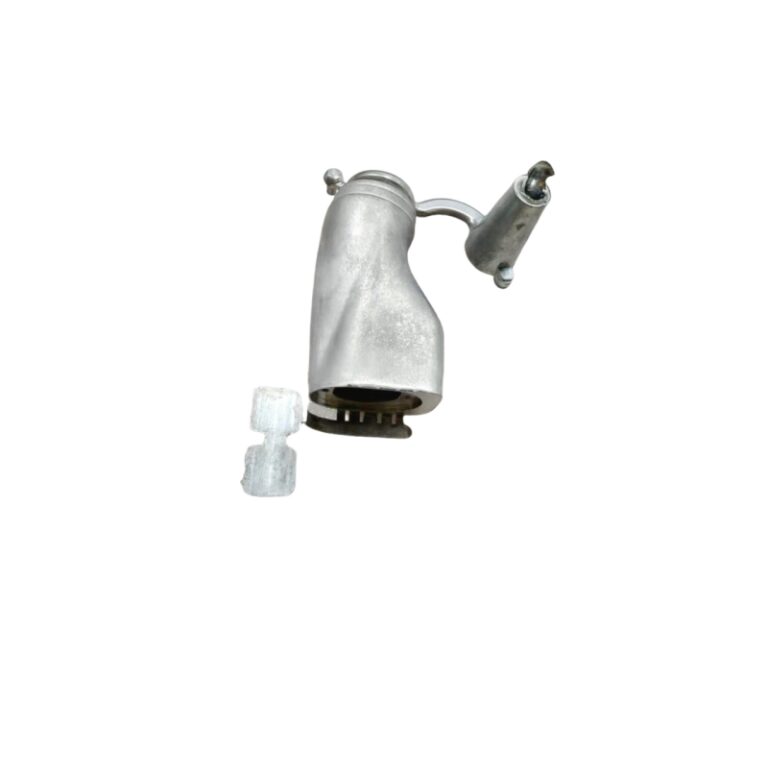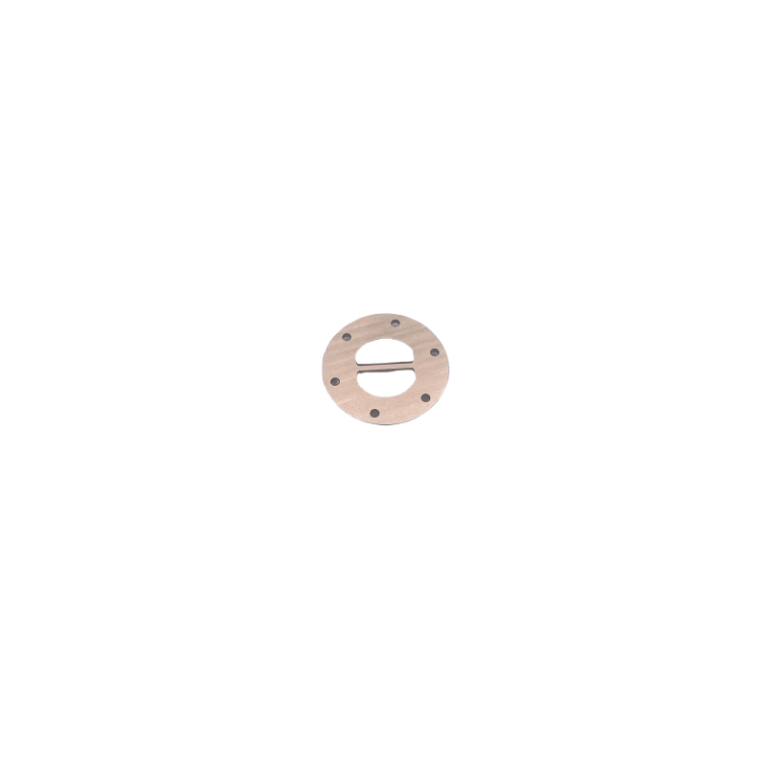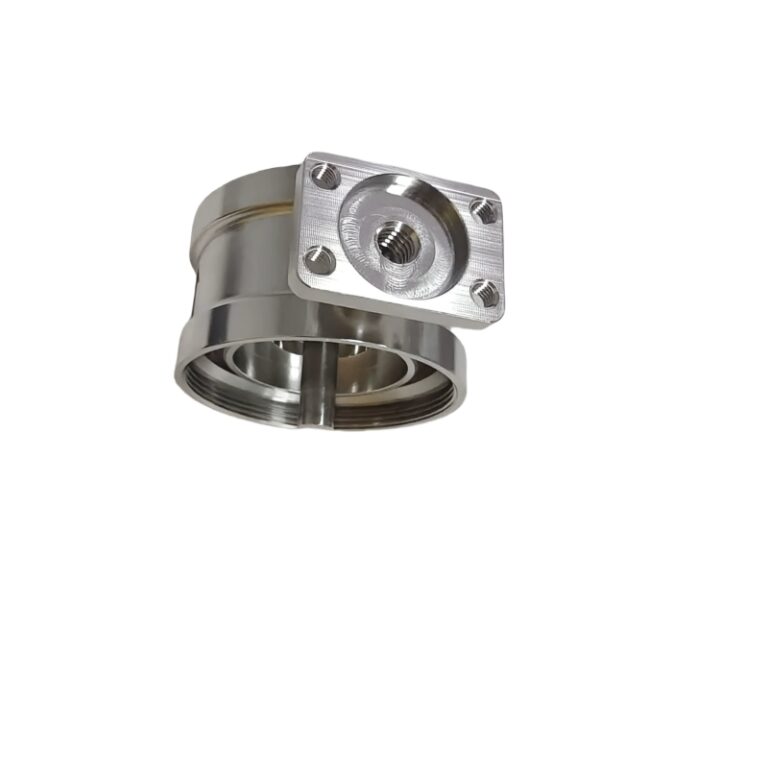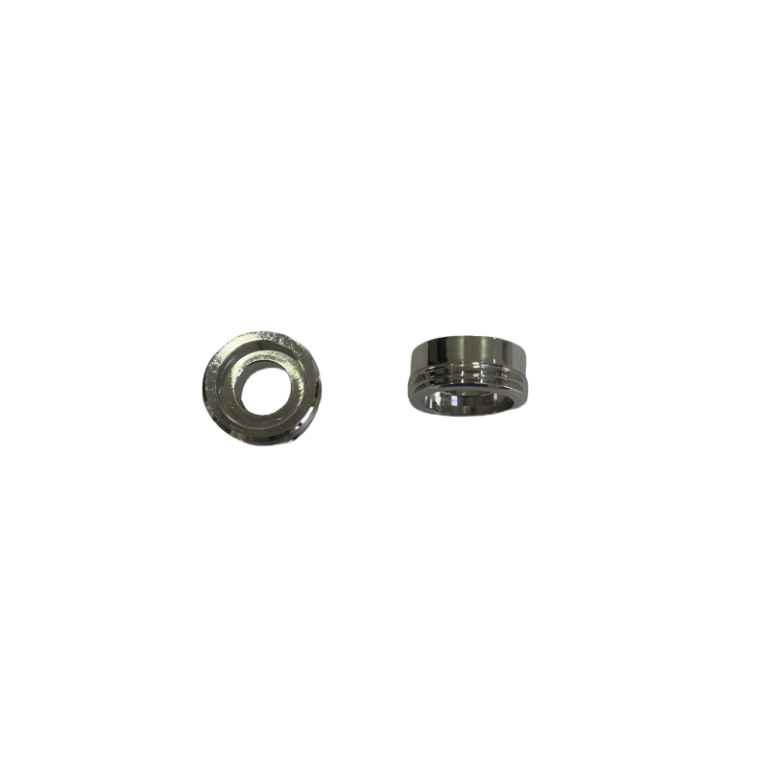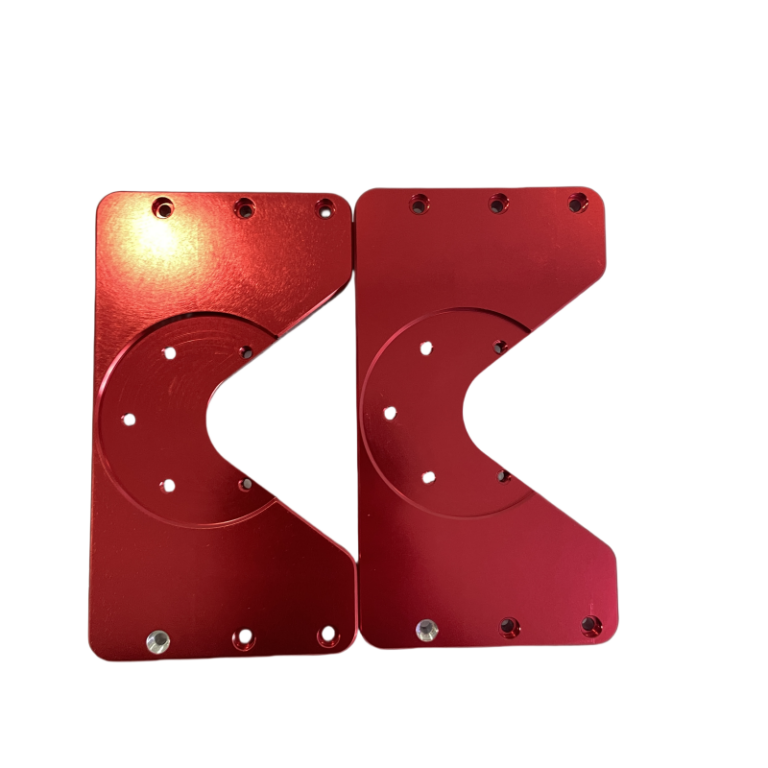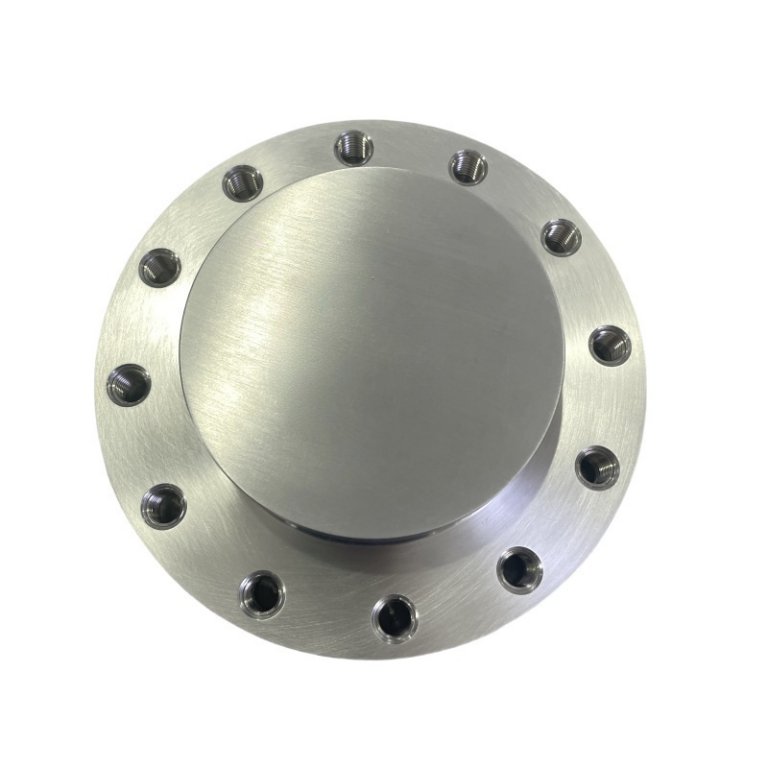Brass is an alloy metal, it is composed of copper and zinc. It is widely used in various fields due to its excellent mechanical properties, corrosion resistance, and aesthetic appearance. Depending on the composition of the alloy, brass can be divided into many types, each with its unique properties and uses. This article will detail several common brass types and their main uses to help readers better understand and choose the right brass material.
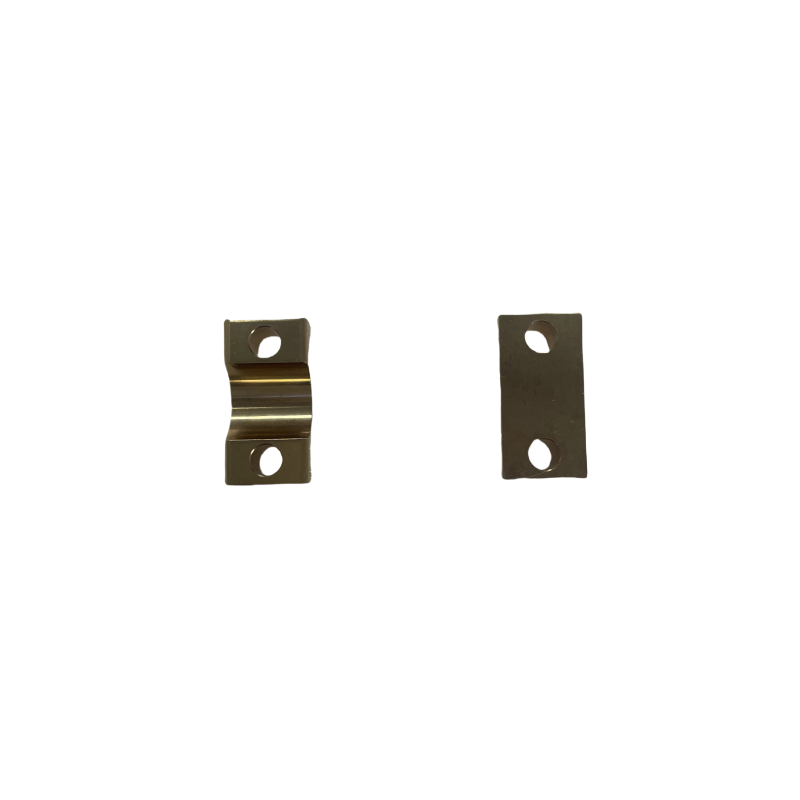
Ordinary Brass
Ingredients and Characteristics
Ordinary brass, also known as simple brass, consists mainly of copper and zinc, where the content of zinc is usually between 5% and 45%. As the zinc content increases, the strength and hardness of brass will increase, but the ductility and corrosion resistance will decrease. Ordinary brass has good processing properties and is easy to process and welded.
Application
Ordinary brass is widely used in the manufacture of various mechanical parts, hardware products, and decorations. Due to its good electrical conductivity and thermal conductivity, ordinary brass is also used to make electrical components and heat exchangers. In addition, ordinary brass is also commonly used to make musical instruments such as trumpets and saxophones because of their beautiful sound quality and ease of processing.
Lead Brass
Ingredients and Characteristics
Lead brass is an alloy formed by adding a certain amount of lead (usually 1% to 3%) to the basis of ordinary brass. The addition of lead significantly improves the cutting performance of brass, making it easier to machining. However, the addition of lead will also reduce the strength and ductility of brass.
Application
Lead brass is mainly used to manufacture parts that require high-precision processing, such as watch parts, valves, and pump bodies. Due to its excellent cutting properties, lead brass has also been widely used in the automotive industry for the manufacture of various precision parts and connectors. In addition, lead brass is also used to make plumbing equipment and pipe accessories because of its good sealing and corrosion resistance.
Tin Brass
Ingredients and Characteristics
Tin brass is an alloy formed by adding a small amount of tin (usually 1% to 2%) to normal brass. The addition of tin significantly improves the corrosion resistance of brass, especially in seawater and acidic environments. In addition, brass also has high strength and hardness while maintaining good processing performance.
Application
Tin brass is mainly used to manufacture parts in ships and marine engineering, such as propellers, valves, and pipelines. Due to its excellent corrosion resistance, tin brass is also used to manufacture corrosion-resistant parts in chemical equipment. In addition, brass is also used to make musical instruments such as flutes and clarinets because of their pure sound quality and corrosion resistance.

Aluminum Brass
Ingredients and Characteristics
Aluminum brass is an alloy formed by adding a small amount of aluminum (usually 1% to 6%) to normal brass. The addition of aluminum significantly increases the strength and hardness of brass, while improving its corrosion resistance, especially in high-temperature and high-pressure environments. Aluminum brass also has good wear resistance and oxidation resistance.
Application
Aluminum brass is mainly used to make high-strength and corrosion-resistant parts such as marine propellers, bearings, and gears. Due to its excellent wear resistance, aluminum brass has also been widely used in the manufacturing of molds and tools. In addition, aluminum brass is also used to make heat exchangers and condensers because of its good thermal conductivity and corrosion resistance.
Silicon Brass
Ingredients and Characteristics
Silicon brass is an alloy formed by adding a small amount of silicon (usually 1% to 4%) to normal brass. The addition of silicon significantly increases the strength and hardness of brass, while also improving its wear and corrosion resistance. Silicon brass also has good casting properties and is easy to cast in complex shapes.
Application
Silicon brass is mainly used to make high-strength and wear-resistant parts such as gears, bearings, and valves .Due to its excellent casting properties, silicon brass has been widely used in the manufacture of castings of complex shapes, such as pump bodies and housings. In addition, silicon brass is also used to manufacture corrosion-resistant parts in chemical equipment because of its good corrosion resistance and wear resistance.
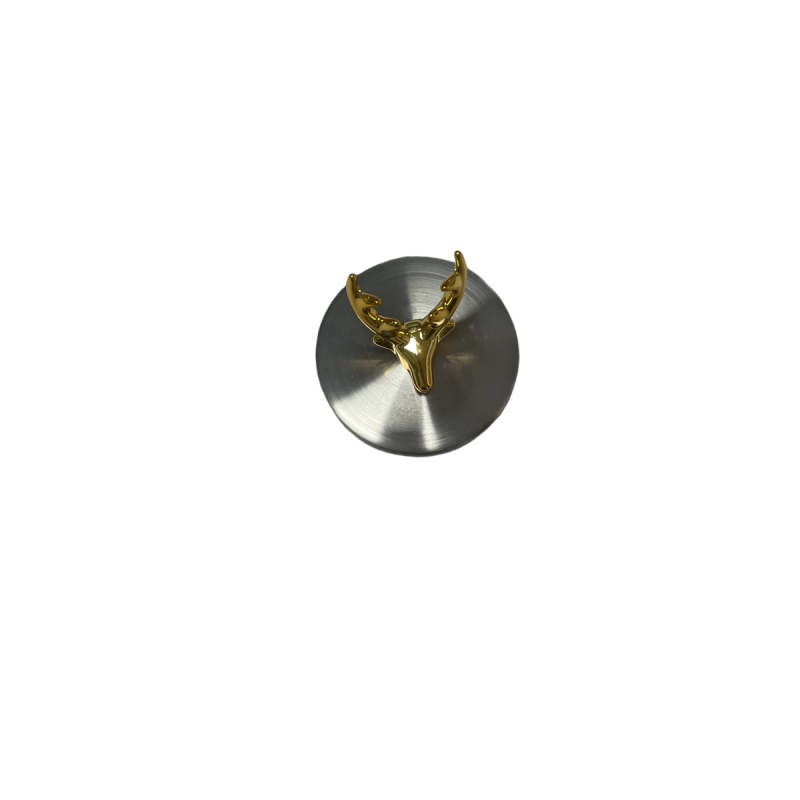
Manganese Brass
Ingredients and Characteristics
Manganese brass is an alloy formed by adding a small amount of manganese (usually 1% to 3%) to normal brass. The addition of manganese significantly increases the strength and hardness of brass, while also improving its corrosion and wear resistance. Manganese brass also has good hot processing properties and is easy to perform hot rolling and hot forging.
Application
Manganese brass is mainly used to make high-strength and corrosion-resistant parts such as marine propellers, bearings, and gears. Due to its excellent wear resistance, manganese brass has also been widely used in the manufacturing of molds and tools. In addition, manganese brass is also used to manufacture heat exchangers and condensers because of its good thermal conductivity and corrosion resistance.
Nickel Brass
Ingredients and Characteristics
Nickel brass is an alloy formed by adding a small amount of nickel (usually 1% to 3%) to normal brass. The addition of nickel significantly improves the strength and hardness of brass, while also improving its corrosion and wear resistance. Nickel brass also has good hot processing properties and is easy to perform hot rolling and hot forging.
Application
Nickel brass is mainly used to make high-strength and corrosion-resistant parts such as marine propellers, bearings, and gears. Due to its excellent wear resistance, nickel brass has also been widely used in the manufacturing of molds and tools. In addition, nickel brass is also used to manufacture heat exchangers and condensers because of its good thermal conductivity and corrosion resistance.
Phosphorus Brass
Ingredients and Characteristics
Phosphorus brass is an alloy formed by adding a small amount of phosphorus (usually 0.1% to 0.5%) to ordinary brass. The addition of phosphorus significantly increases the strength and hardness of brass, while also improving its corrosion and wear resistance. Phosphorus brass also has good casting properties and is easy to cast in complex shapes.
Application
Phosphorus brass is mainly used to make high-strength and wear-resistant parts such as gears, bearings, and valves. Due to its excellent casting properties, phosphor brass has been widely used in the manufacture of castings of complex shapes, such as pump bodies and housings. In addition, phosphor brass is also used to manufacture corrosion-resistant parts in chemical equipment because of its good corrosion resistance and wear resistance.
Iron Brass
Ingredients and Characteristics
Iron brass is an alloy formed by adding a small amount of iron (usually 1% to 3%) to normal brass. The addition of iron significantly increases the strength and hardness of brass, while also improving its corrosion and wear resistance. Iron brass also has good hot processing properties and is easy to perform hot rolling and hot forging.
Application
Iron brass is mainly used to make high-strength and corrosion-resistant parts such as marine propellers, bearings, and gears. Due to its excellent wear resistance, iron brass has also been widely used in the manufacturing of molds and tools. In addition, iron brass is also used to make heat exchangers and condensers because of its good thermal conductivity and corrosion resistance.
Chromed Brass
Ingredients and Characteristics
Chromium brass is an alloy formed by adding a small amount of chromium (usually 0.5% to 1.5%) to normal brass. The addition of chromium significantly improves the strength and hardness of brass, while also improving its corrosion and wear resistance. Chrome brass also has good hot processing properties and is easy to perform hot rolling and hot forging.
Application
Chrome brass is mainly used to make high-strength and corrosion-resistant parts such as marine propellers, bearings and gears. Due to its excellent wear resistance, chrome brass has also been widely used in the manufacturing of molds and tools. In addition, chrome brass is also used to make heat exchangers and condensers because of its good thermal conductivity and corrosion resistance.
Conclusion
As a multifunctional alloy material, brass has a wide variety of types and different properties. Different types of brass play an important role in different application fields due to their unique composition and characteristics. By understanding the composition, characteristics and uses of various brass, we can help us better select the right materials to meet different engineering and technical needs.
If you are unsure which brass is suitable for your project, please let DMTC help. Our professional technicians and mechanics will select the best materials for you. We also offer other customization services such as CNC machining, sheet metal machining, prototyping, and surface treatment, Please contact us now. And get a free quote!

